The Entropic Brain Hypothesis
Original proposed by Robin Carhart-Harris, The Entropic Brain Theory states that the richness of conscious states can be characterized by the level of entropy. The entropy, a quantitative index of the systems disorder or randomness, is measured by fMRI. According to the theory, normal waking consciousness lies in the “critical zone”, specially in the lower end of the critical zone, AKA closer to order. Psychedelics however increase entropy towards the higher end of the critical zone. This rise in entropy has important phenomenological implications. By increasing the randomness of activity in the Default Mode Network, variability emerges. Along with this comes co-activation of normally mutually exclusive brain networks, increased levels of between-network functional connectivity, and more diverse set of neural interactions occur, which may play a role in the psychedelic effect of ego dissolution. This theory is consistent with Huxley’s famous “reducing valve” metaphor, and Friston’s Free Energy Principle, Freud’s Ego, bayesian brain hypothesis, and predictive processing.
To read the original article check out: The entropic brain: a theory of conscious states informed by neuroimaging research with psychedelic drugs
